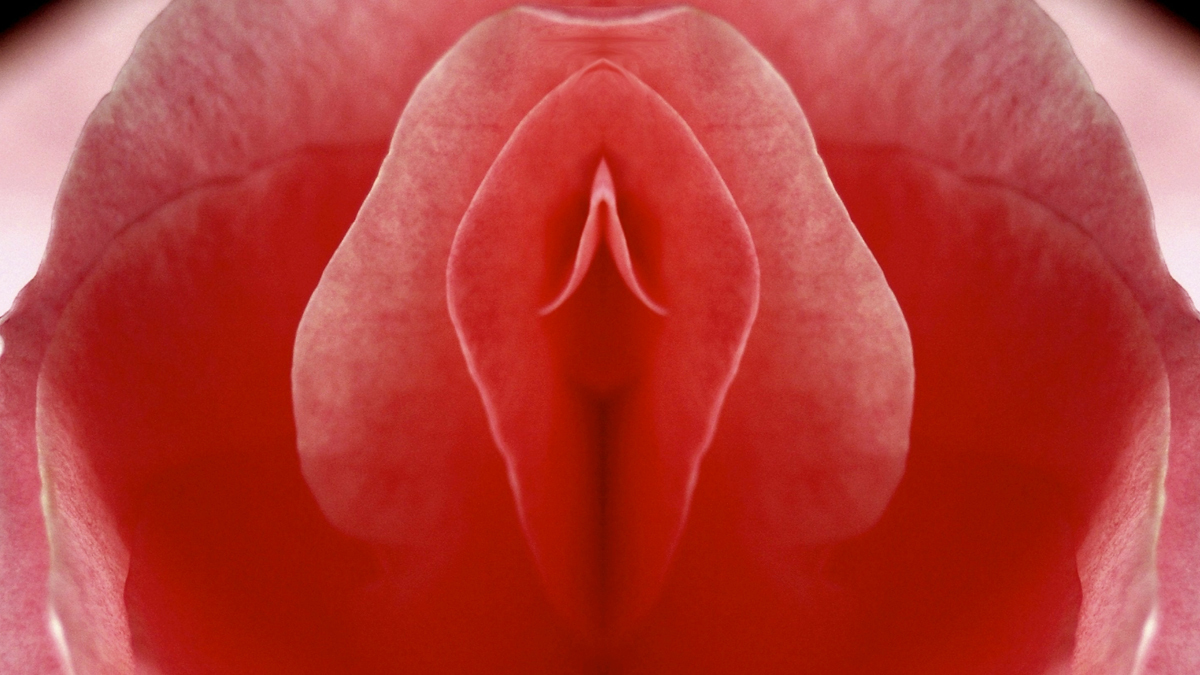Many girls like me, raised in a conservative culture, were introduced to the hymen as a sheet-like structure that completely covered our vaginas and would “break” when we had sex for the first time. I always imagined it as a door that kept my vagina closed until the “right” man opened it with his penis. To girls like me, the hymen was a thing of female pride and we carried it like a badge of honour.
The hymen and the bleeding following its rupture during the first sex are considered proof of virginity in many cultures. To this day, in a religious context, the hymen is regarded as a marital gift from the woman to her husband and the absence of hymenal bleeding is regarded with shame, and in some religions, can attract consequences like abuse and death.
The hymen is an embryological remnant, formed in the early stages of life, and punctured while you are still an embryo. It is a thin mucous membrane that partially closes the vagina. The first evidence that the hymen does not completely close the vagina is that menstrual blood can typically pass through the vagina before we have penetrative sex for the first time.
In some cases, the vagina is truly closed completely by the hymen and this is called imperforate hymen occurring in up to 0.1% of female newborns. If a girl is born with an imperforate hymen, her menses cannot exit her vagina, and the collection of blood in her pelvis causes medical complications. The treatment of imperforate hymen is usually a hymenectomy, where an incision is made or excess hymenal tissue is removed.
Essentially, if our vaginas and hymens are anything like what they have been culturally described to be, we would require urgent surgical attention. The hymen is composed majorly of connective tissue, with scarce nerve endings and blood supply. It comes in different shapes, but the most common shape is the crescent shape that lines the lower border of the vaginal opening.
The elasticity of the hymen varies at different points of female life, increasing after puberty so that it may allow penile penetration without rupture and bleeding. The hymen may be ruptured by sexual intercourse. However, some hymens will not be ruptured by sexual intercourse, and some may rupture accidentally by tampons or vigorous exercise.
The hymen has no known biological function and its rupture has no medical consequences. However, its cultural significance complicates things. Science suggests that the hymen is not an indicator of virginity, but that brings to question the concept and validity of virginity.
If the hymen doesn’t make you a virgin, then what does? And why is the answer to that question so important?
In a 2012 study in Amsterdam, 82 women applying for hymen reconstruction surgery were interviewed. All of these women expressed a fear that they would not bleed or be “tight” enough on their wedding night. The majority of these women had a traumatic sexual history that influenced their decision. Only a small percentage (29%) of these women eventually went through with the operation. Interestingly, seventeen out of nineteen women who got the surgery and attended the follow-up visit still reported no bleeding at first marital intercourse.
On Monday, the British government moved to make hymenoplasty, or “virginity repair” surgery — illegal. The move, a further amendment to the Health and Care Bill, comes hot on the heels of another change to the bill introduced in November 2021 and intended to make “virginity testing” in England and Wales a criminal offence. Both virginity testing and virginity surgery are prevalent in conservative cultures, and have been described by Dr Edward Morris, president of the UK Royal College of Obstetricians and Gynecologists, as being “inextricably linked forms of violence against women and girls.”
It is clear that despite its biological uselessness, the hymen is still perceived to be important in our society, because of its connection to virginity. This perception, which forms the foundation of purity culture, is medically flawed and dangerous to millions of girls and women all over the world.
Read more about the burden of purity culture here.

Leave a Reply